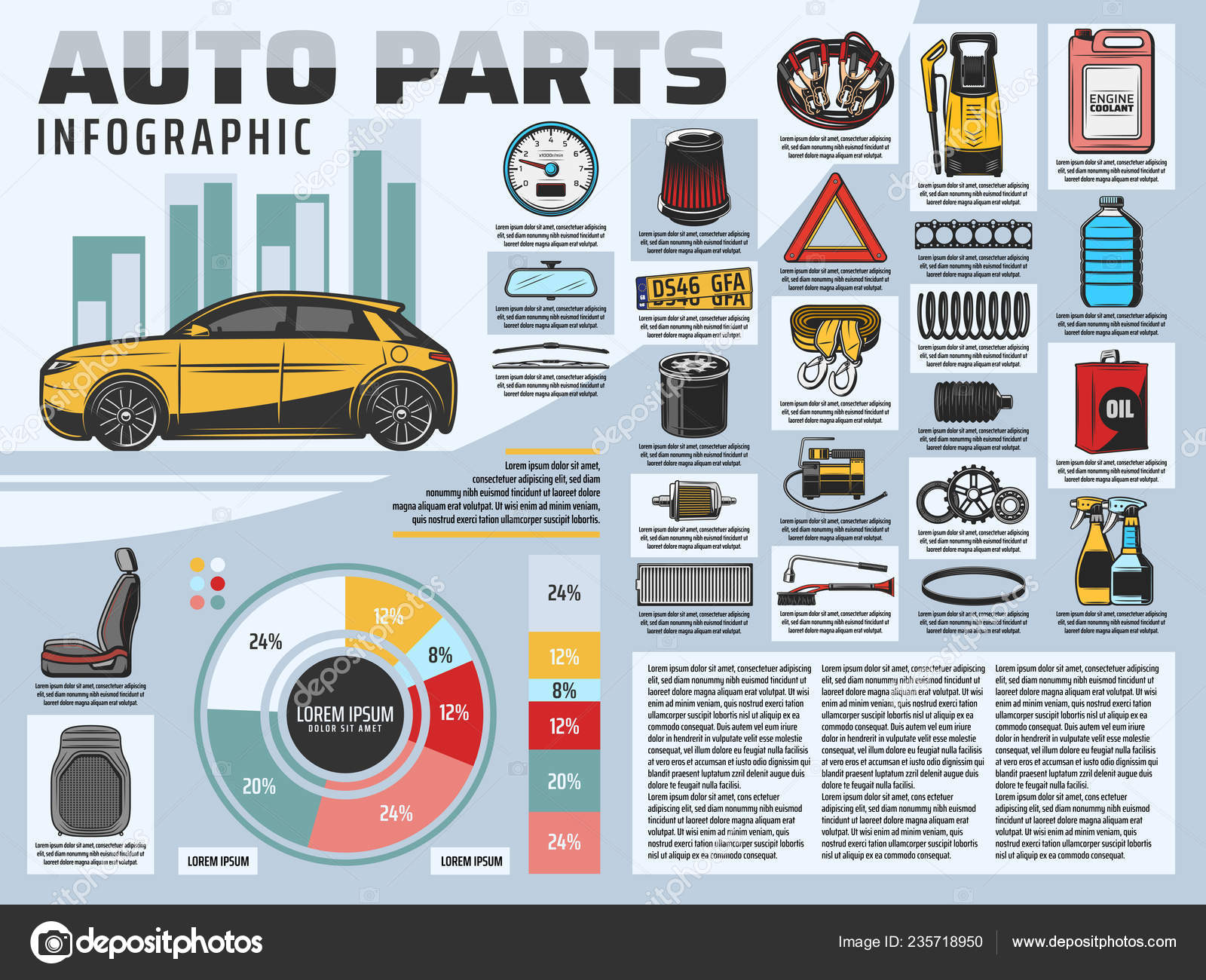Looking For Clearness On The Caution Lights Showed On Your Automobile'S Dashboard? Learn Just How They Connect To Your Automobile'S Health And Wellness
Looking For Clearness On The Caution Lights Showed On Your Automobile'S Dashboard? Learn Just How They Connect To Your Automobile'S Health And Wellness
Blog Article
Material Produce By-Vinson Forbes
When you lag the wheel, those glowing caution lights on your control panel can be a bit complicated. Do you know what they're attempting to tell you concerning your automobile's wellness? Understanding the value of these lights is essential for your safety and security and the long life of your vehicle. So, the following time among those lights appears, would not you wish to decode its message properly and take the essential actions to resolve it?
Common Warning Lighting and Interpretations
Determine usual warning lights in your car and understand their meanings to make certain secure driving.
The most typical caution lights include the check engine light, which signifies problems with the engine or discharges system. If this light comes on, it's essential to have your car inspected immediately.
The oil pressure cautioning light shows reduced oil pressure, needing instant focus to prevent engine damages.
A flashing battery light might suggest a faulty billing system, potentially leaving you stranded otherwise dealt with.
The tire pressure surveillance system (TPMS) light informs you to reduced tire stress, affecting automobile security and fuel efficiency. Overlooking this might lead to risky driving conditions.
The abdominal light indicates a problem with the anti-lock stopping system, compromising your capacity to stop quickly in emergencies.
Last but not least, the coolant temperature cautioning light warns of engine getting too hot, which can result in serious damage if not solved quickly.
Comprehending these usual warning lights will help you address problems without delay and keep secure driving problems.
Value of Prompt Interest
Recognizing the common caution lights in your cars and truck is just the very first step; the significance of immediately resolving these cautions can't be emphasized enough to ensure your security when traveling.
When a warning light brightens on your control panel, it's your cars and truck's means of communicating a possible problem that requires focus. Overlooking these cautions can lead to a lot more serious issues in the future, jeopardizing your security and potentially costing you a lot more out of commission.
Trigger interest to advising lights can avoid malfunctions and mishaps. For example, a flashing check engine light can show a misfire that, if left unattended, might trigger damage to the catalytic converter. Addressing this promptly can conserve you from an expensive repair work.
Similarly, a brake system cautioning light might signal reduced brake fluid or used brake pads, critical elements for your security when driving.
Do It Yourself Troubleshooting Tips
If you see a caution light on your control panel, there are a couple of DIY troubleshooting tips you can try before seeking expert help.
The first step is to consult your vehicle's handbook to recognize what the particular warning light shows. Sometimes the issue can be as straightforward as a loosened gas cap activating the check engine light. Tightening up the gas cap may resolve the problem.
https://autofrontsuspension07383.liberty-blog.com/32209515/just-how-mobile-cars-and-truck-describing-providers-can-conserve-you-money-and-time is a reduced battery, which can activate various warning lights. Inspecting the battery links for corrosion and guaranteeing they're safe may take care of the problem.
If a caution light continues, you can try resetting it by separating the car's battery for a few mins and then reconnecting it. Furthermore, checking your vehicle's liquid levels, such as oil, coolant, and brake fluid, can help fix advising lights related to these systems.
Conclusion
To conclude, recognizing your car's warning lights is essential for keeping your vehicle running efficiently and safely. By quickly dealing with https://www.aftermarketnews.com/advance-auto-parts-tekmetric-announce-strategic-partnership/ and recognizing what they mean, you can avoid pricey fixings and possible break downs.
Remember to consult your car's handbook for certain information on each cautioning light and do something about it appropriately to ensure a hassle-free driving experience.
Keep informed, remain secure when driving!
